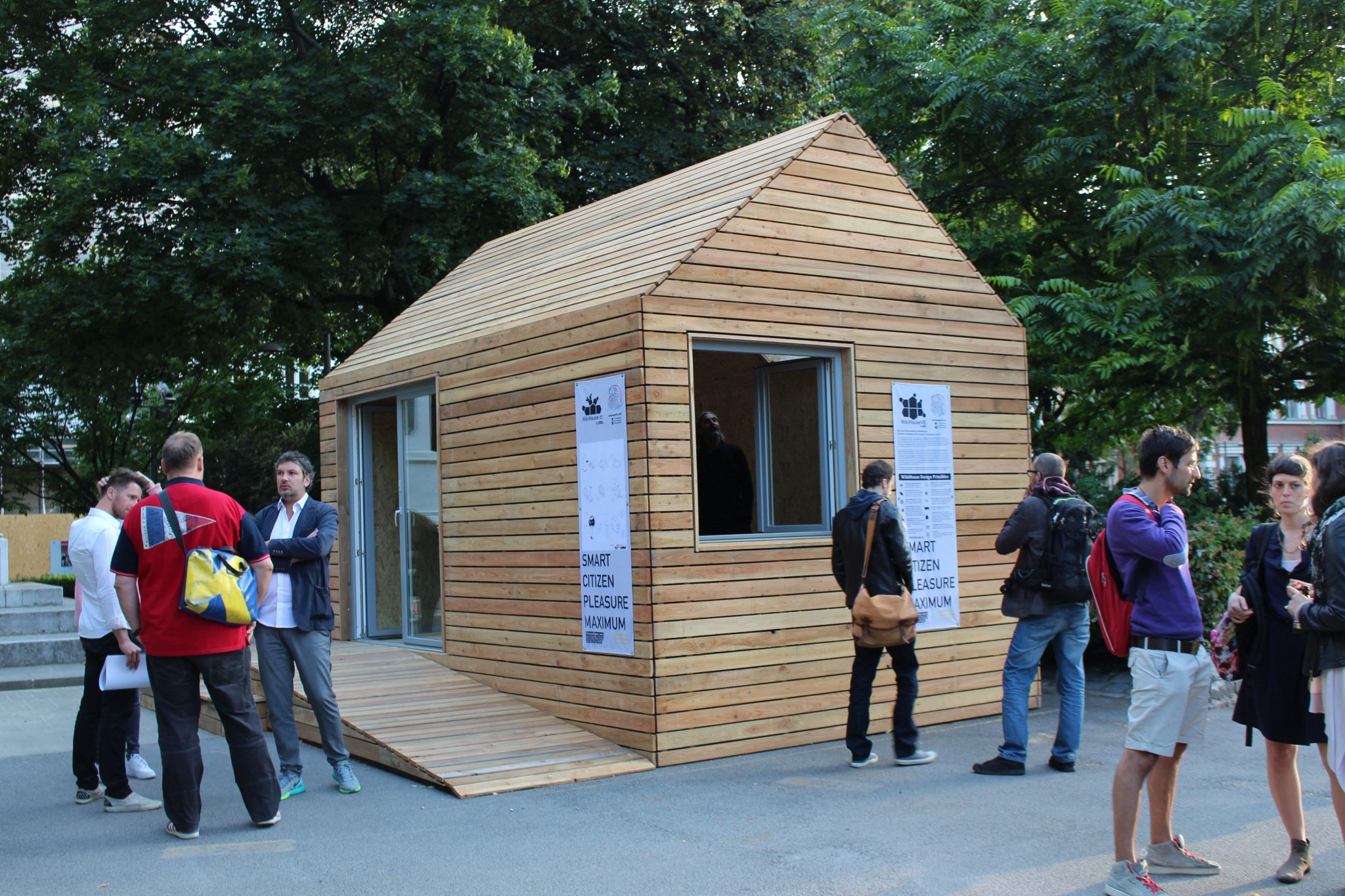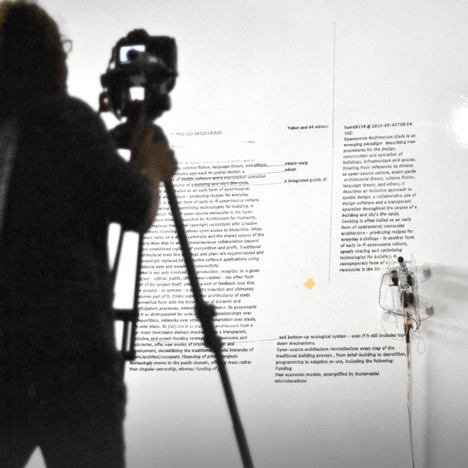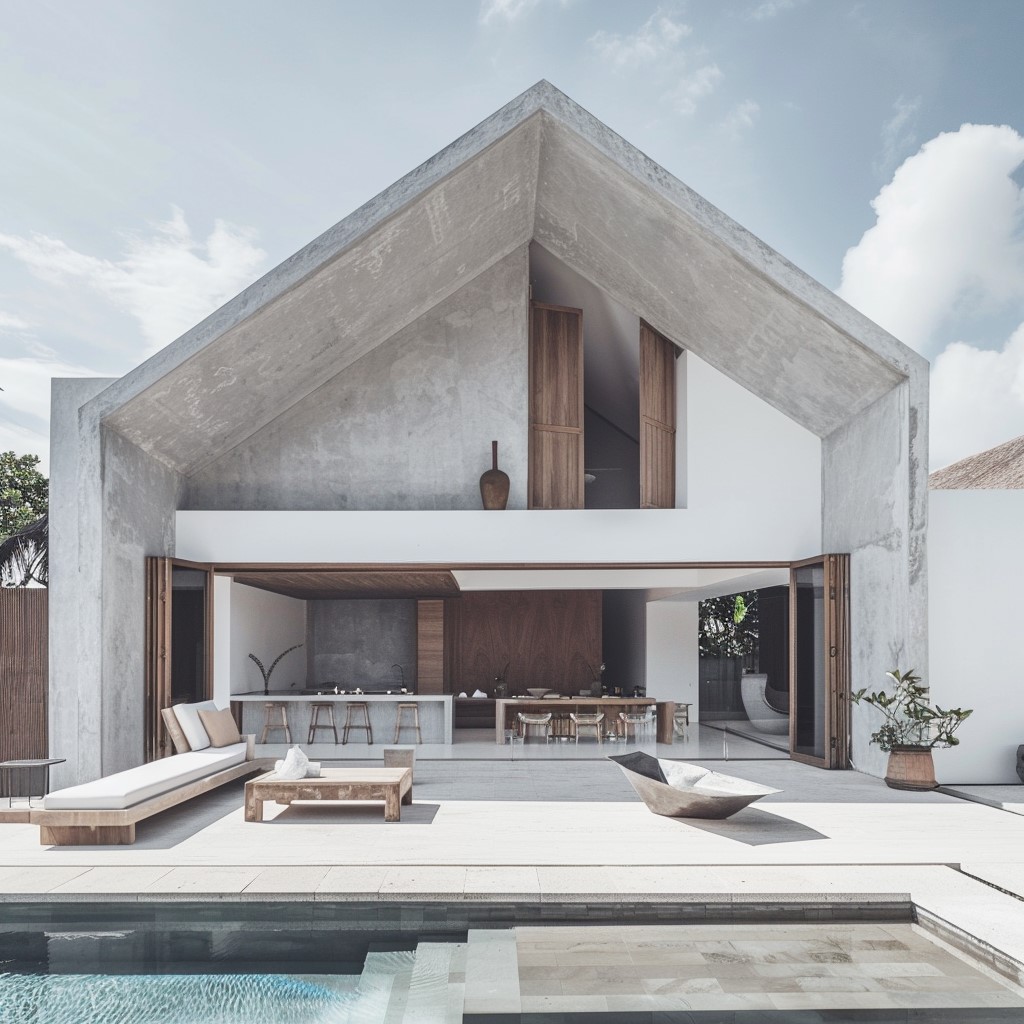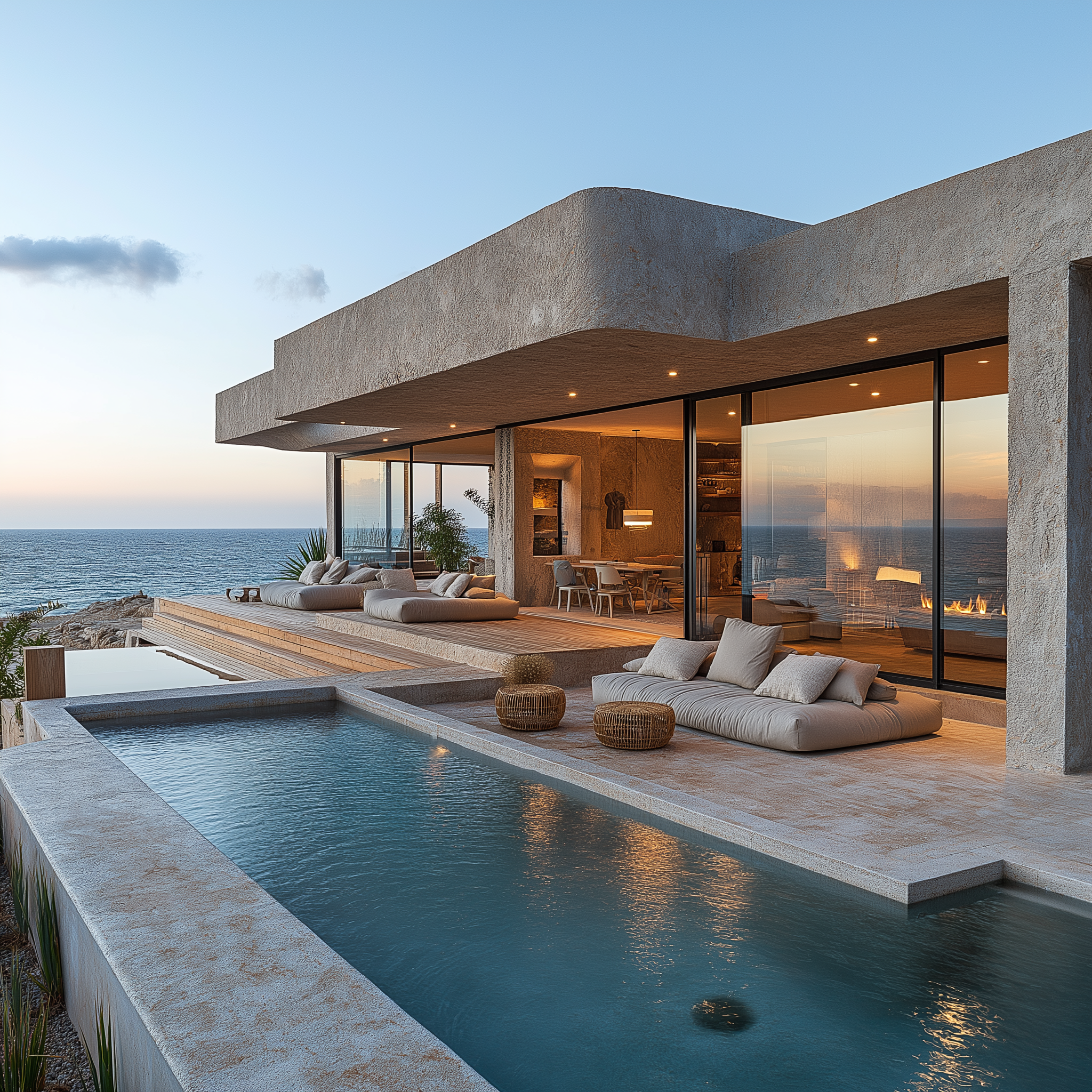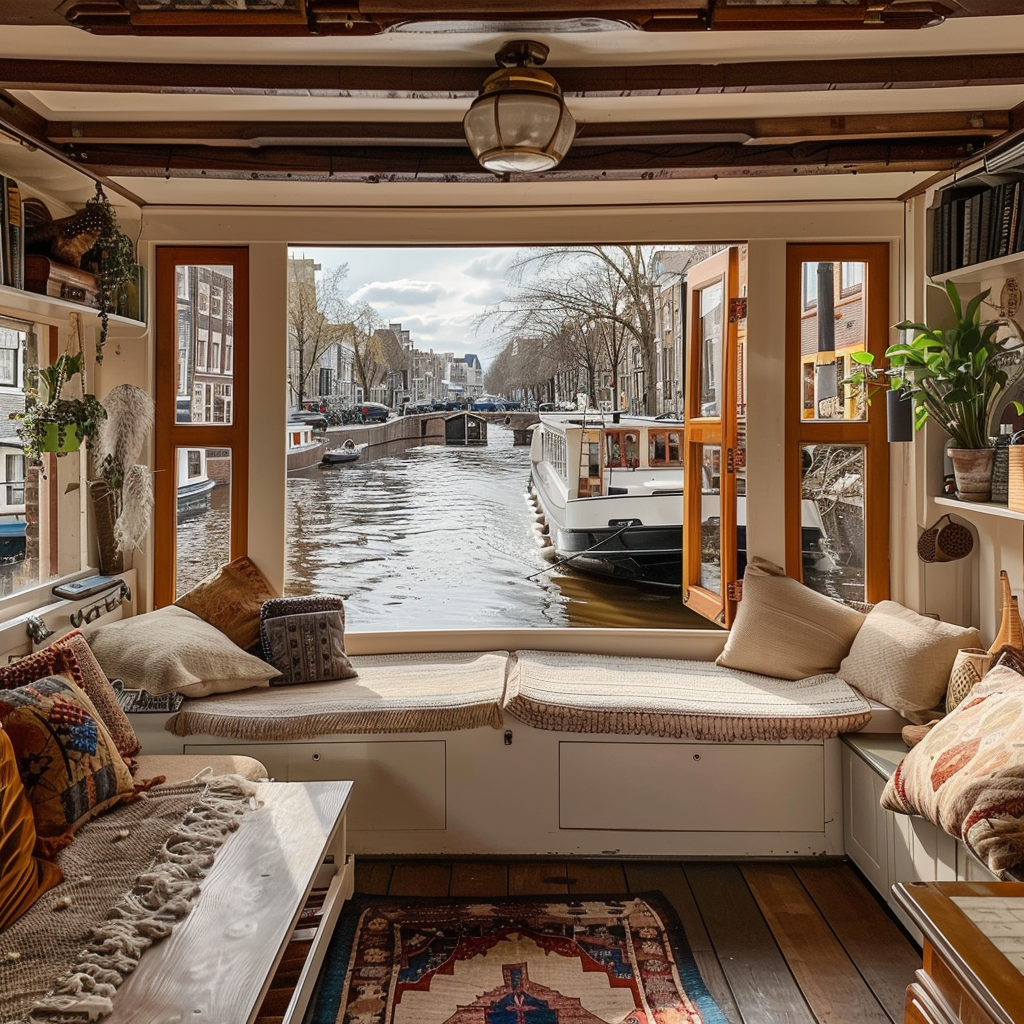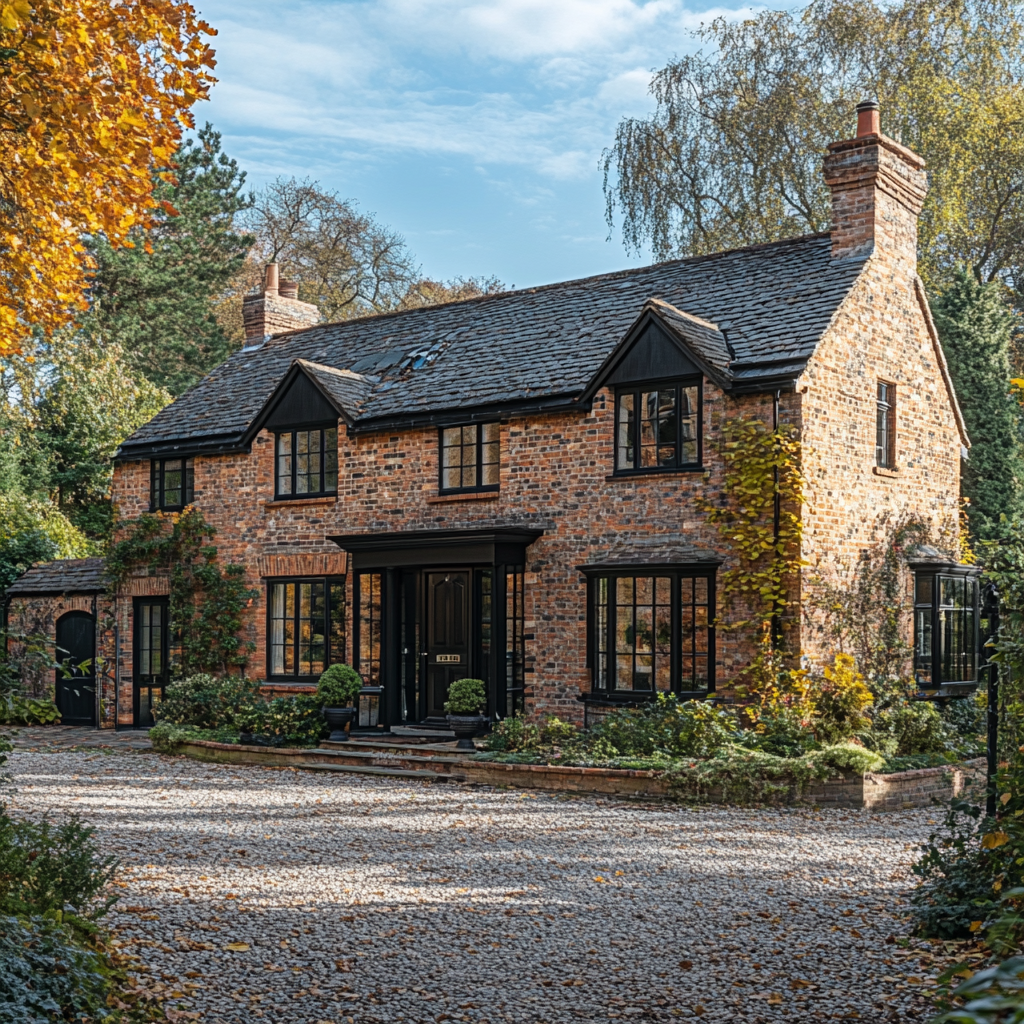Transforming Home Construction with Innovation and Accessibility
WikiHouse is an innovative initiative that democratizes the construction process by providing open-source designs for sustainable and affordable housing. Launched in 2011 by Alastair Parvin and Nick Ierodiaconou, WikiHouse enables individuals to design, customize, and build their own homes using digital fabrication techniques.
Open-Source Design
WikiHouse is grounded in the principles of open-source design, offering a vast library of architectural plans that anyone can access, modify, and share. This collaborative approach fosters continuous improvement and innovation, allowing users to tailor designs to local needs and preferences. The open-source nature also means that housing solutions are more accessible and adaptable.
Digital Fabrication
A key aspect of WikiHouse is its use of digital fabrication technologies, particularly CNC (computer numerical control) milling machines. These machines cut precise shapes from plywood sheets based on digital designs, ensuring high accuracy and minimal waste. Digital fabrication offers several advantages:
- Precision: Ensures each component is cut with high accuracy.
- Scalability: Can be scaled up or down to suit various project sizes.
- Accessibility: Allows individuals to produce building components without extensive construction skills.
Innovative Construction Techniques
WikiHouse employs unique construction methods, with components designed to fit together like puzzle pieces using simple interlocking joints and minimal fasteners. This approach offers several benefits:
- Ease of Assembly: Makes it possible for those with little construction experience to build homes.
- Speed: Significantly faster construction process due to precision-cut components.
- Structural Integrity: Robust interlocking joints provide strong structural support.
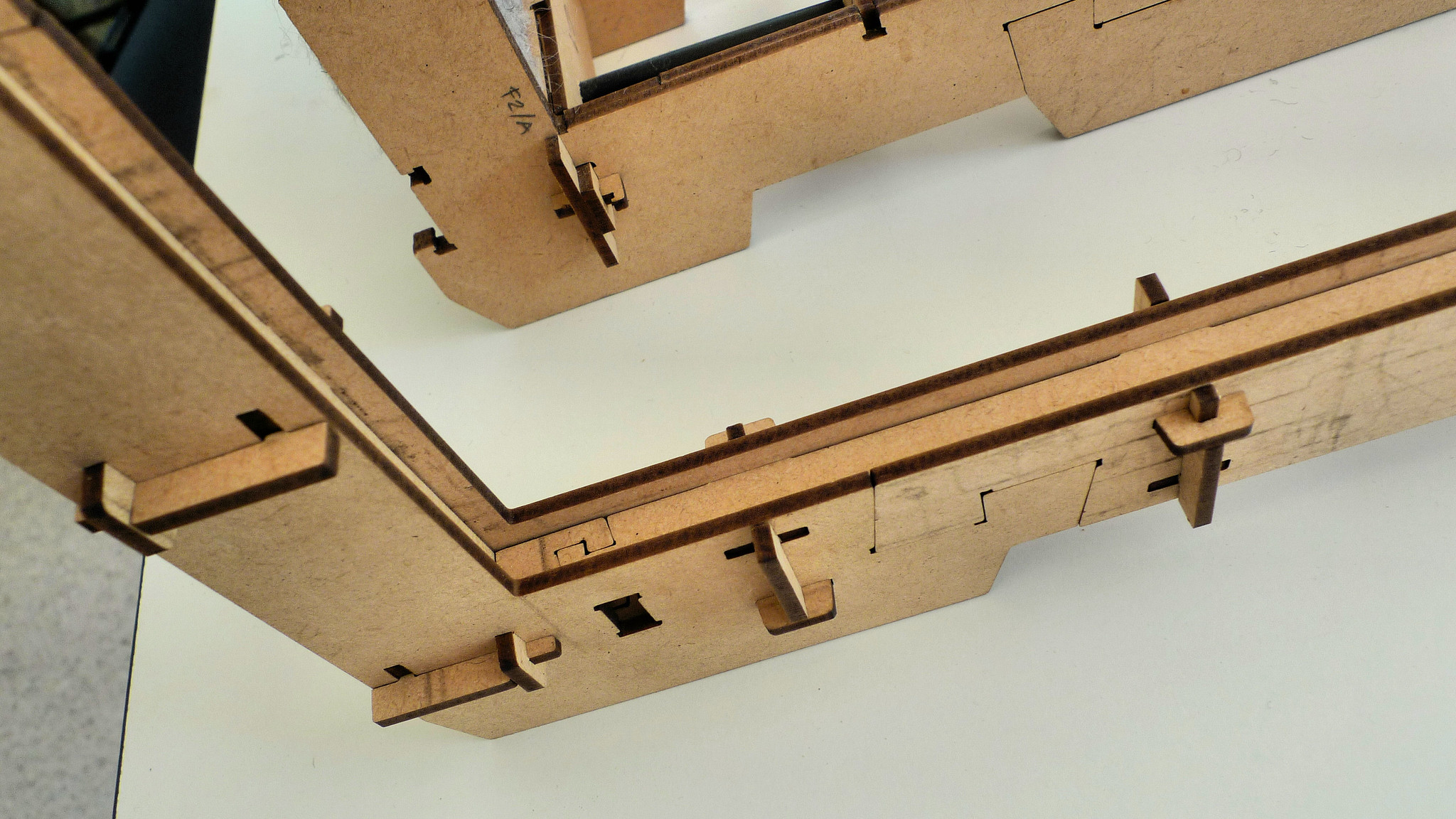
Detail of 1/6 scale model WikiHouse v2.0 © 2013 by Martin Luff is licensed under CC BY-SA 4.0
Sustainability and Eco-Friendliness
Sustainability is central to WikiHouse’s philosophy. The use of plywood, a renewable resource, along with minimizing waste during fabrication, contributes to eco-friendliness. Many designs incorporate energy-efficient features such as insulation and passive heating and cooling systems. Additionally, renewable energy systems like solar panels can be integrated, further reducing the environmental impact.
Affordability and Accessibility
By minimizing the need for skilled labor and expensive materials, WikiHouse makes homeownership more affordable and accessible. The elimination of design costs and the ability to produce components locally further reduce expenses. This affordability is crucial for addressing housing shortages and providing quality homes for underserved communities.
Community and Collaboration
WikiHouse promotes community involvement and collaboration, encouraging individuals and groups to participate in the design and construction process. This fosters a sense of ownership and pride, and helps build resilient, cohesive neighborhoods. The community-driven approach also ensures that homes are well-suited to local needs and conditions.
Conclusion
WikiHouse represents a transformative approach to housing design and construction. By leveraging open-source design, digital fabrication, and community collaboration, it offers a sustainable, affordable, and innovative solution to modern housing challenges. As WikiHouse continues to grow and evolve, it holds the potential to significantly impact the future of housing, making quality homes accessible to all.



